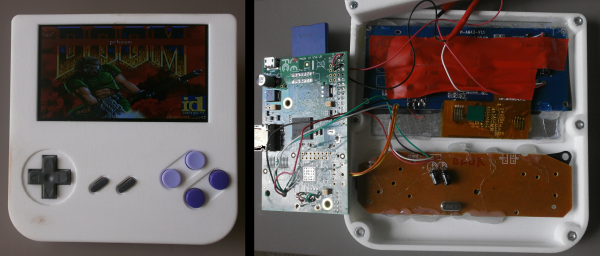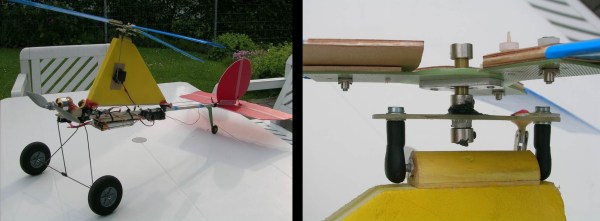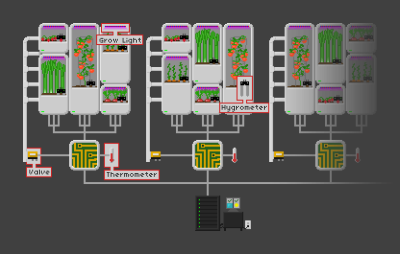The Amiga 1000, the original Amiga, was introduced in 1985, making this the 30th anniversary of the Commodore Amiga. Of course this needed to be represented at the Vintage Computer Festival, and [Bill Winters] and [Anthony Becker] were more than up to the task:
The guys brought with them a representation of nearly every Amiga, and also have a few neat gadgets to plug into these cool little boxes. The Amiga 1200 has been heavily upgraded with a compact flash drive. With the proper adapters and cards, this neat machine can be upgraded with Ethernet, WiFi, or just about every conceivable networking solution.
Attached to the A500 is a Gotek floppy drive emulator, a relatively standard if weird device that turns a PC floppy drive connector into a USB mass storage solution. This floppy emulator did not originally support Amiga disk formats, but with a firmware modification, everything just works. That’s a great story in itself, and something we should probably cover another time.
If you’re wondering what it was like for [Bill] and [Anthony] to dig through their garage for their exhibit, here you go.
Portable Macintoshen
The first Macintosh was released in 1984. Macintosh users wanted a slightly more portable machine, but the first ‘luggable’ Mac wouldn’t be released until late 1989. The market was there to fill the gap, with some bizarre machines exhibited by [Matt Bergeron]:
The Outbound laptop and notebook were unlicensed clones of the Macintosh. Instead of pirating the Apple ROMs, the Outbound computers required buyers to pull the ROM chips from their Macs and install them in the slightly more portable version. This was, of course, inconvenient, and we can imagine there were more than a few ROM chips cloned.
The Dynamac was a different beast, using the entire PCB from a mac SE or SE/30. To this, the creators of the Dynamac added a custom video card and electroluminescent display that was also capable of driving an external monitor. Very cool stuff.









 One concept that was popular with this week’s theme was ready-to assemble gardening kits. From personal experience I think this is of huge importance. Once upon a time in a crappy apartment far, far away my wife and I set out to grow tomatoes on the balcony. The plants flourished and bore fruit which the squirrel population of the neighborhood immediately stole while still green. I built this produce cage the following year and we were able to enjoy the fruit of our labors. But not everyone can whip up such a solution without help.
One concept that was popular with this week’s theme was ready-to assemble gardening kits. From personal experience I think this is of huge importance. Once upon a time in a crappy apartment far, far away my wife and I set out to grow tomatoes on the balcony. The plants flourished and bore fruit which the squirrel population of the neighborhood immediately stole while still green. I built this produce cage the following year and we were able to enjoy the fruit of our labors. But not everyone can whip up such a solution without help.
 This one is quite an interesting thought. If you live in a climate where air conditioning is used constantly, chances are pretty good that the humidity the condenser coil removes from the air is going right down the drain. The
This one is quite an interesting thought. If you live in a climate where air conditioning is used constantly, chances are pretty good that the humidity the condenser coil removes from the air is going right down the drain. The 














